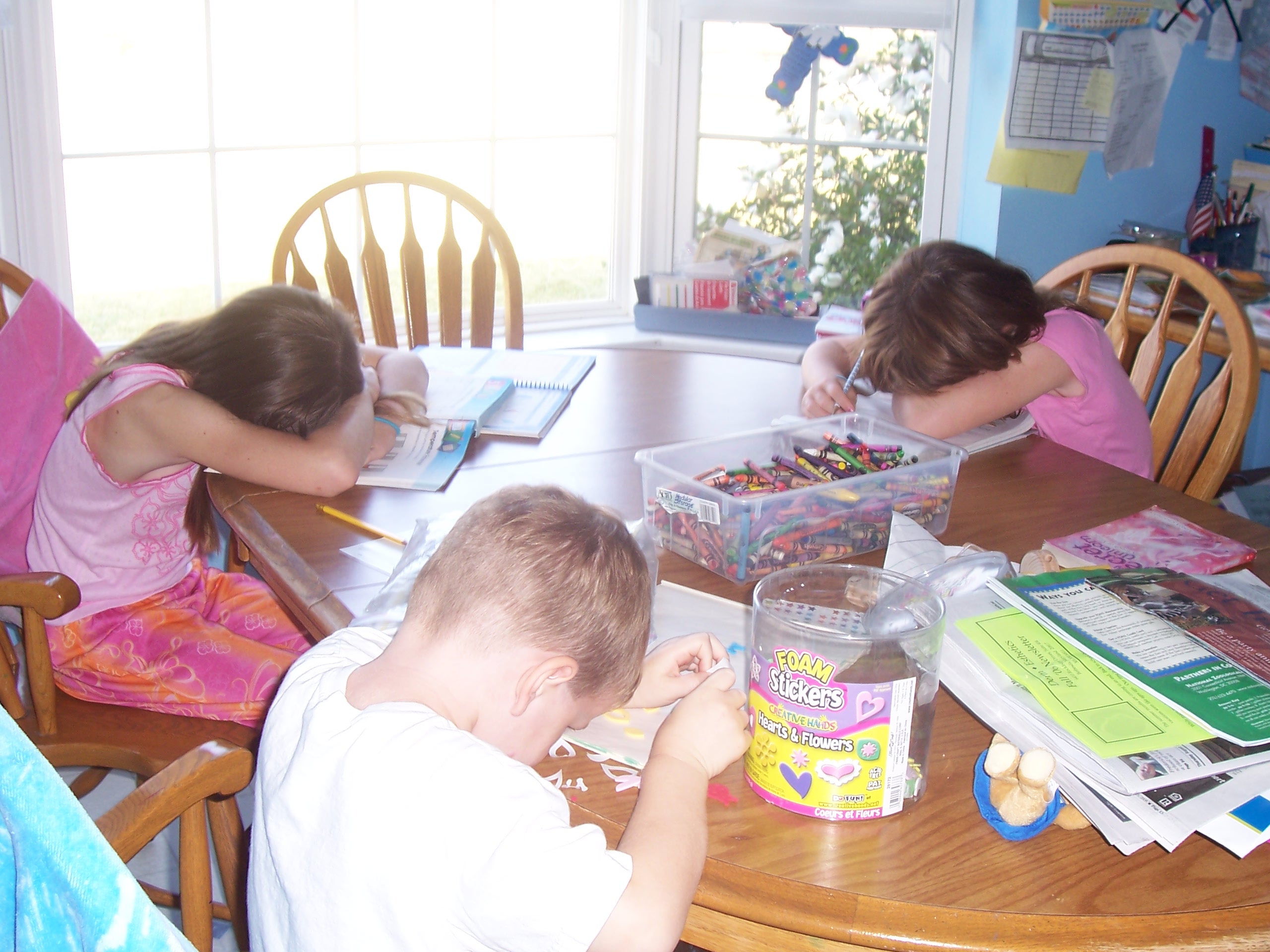Elementary School Years in England and the United States
My childhood was nomadic and a bit chaotic to say the least. I attended preschool (Reception) and kindergarten (Year 1) in England, and preschool and kindergarten in the United States (my family emigrated from England to the United States…long story). I completed 1st grade (Year 2), 2nd grade (Year 3), and 3rd grade (Year 4) in the United States. For the first half of 4th grade, I attended school in the United States. My family emigrated back to England where I attended the rest of 4th grade (Transition 3 or Year 5) and all of 5th grade (Transition 4 or Year 6).
We moved again…this time back to the United States…back to our home in New Jersey where I attended 2/3 of 6th grade. One day in 6th grade, I was told that I wouldn’t be returning to school instead I flew to England with a neighbor (the neighbor was returning to England for a funeral) where I attended 6th grade (1st Year or Year 7). My parents returned to England after they sold our home after which I completed 6th-12th grade (1st Year through Upper Sixth Form or Year 7 through Year 13).
Educational Differences Between English and American Schools
As a kid, you ALWAYS want to fit in as you never want to be different. But, as a British kid in an American school or an “American” kid in a British school, I rarely fit in in any school. To put the differences in perspective, in American 4th grade, I wrote 1 paragraph with a pencil while in British Transition 3/Year 5, I wrote a 3-paragragh essay with a ink fountain pen. I had never used a ink fountain pen before so having to use an ink fountain pen was hard. My hands were always an blue inky mess just like my notebooks.
As an American student, I walked to school or took a yellow school bus, while as a British student, I was driven to school or took public transportation (bus or train). I can’t imagine letting my 11-year-old take public transportation to school but for British students taking public transportation to school was the norm.
A stark difference, was test taking as I hardly remember taking any tests in American school, but took many tests in British school. And the tests were all very important…like life-altering important. I don’t recall taking tests in the year I turned 10, which is strange since that was the year I took the national 11+ exam at my British elementary school (I attended the Hollies Preparatory School in Didsbury, Manchester, England).
At that time, all British students took the 11+ exam in their last year of primary (elementary) school to literally determine their future. When the 11+ exam was phased out across most of the United Kingdom in 1976, I was the last year of British elementary school kids who took the 11+ exam.
Based on the 11+ exam, British 11-year-olds were placed in 3 schools:
- Grammar School: Equivalent of an American middle school and high school to prepare students for college (6th Grade through 12th Grade or Year 8 through Year 13)
- Secondary Modern School: Designed to prepare students for careers with training in arithmetic, woodworking, and domestic skills (6th Grade through 10th Grade or Year 8 through Year 11).
- Technical School: Designed to prepare students for employment in engineering, agriculture, and more (6th Grade through 10th Grade or Year 8 through Year 11).
From my recollection, everyone regarded the 11+ exam as the determining factor to match children abilities to secondary school. Not great for late bloomers or poor test takers. If we did any test preparation or practice 11+ Exams, I don’t remember. By the skin of my teeth, I got in to the Hollies F.C.J. Grammar School (also in Didsbury). While I am a terrible test taker, I don’t remember any pressure from teachers or my parents, but I did know that passing the exam was vital to my educational journey.
As a student in a Catholic elementary school, I also took another entrance exam to determine which Catholic high school (same as American middle school and high school combined) I would go to. That’s 2 major exams in 1 school year. Once exams results were released, I knew I was going to the Hollies F.C.J. Grammar School the next September. But, because my parents wanted to return to America, probably to sell our home, we returned to the United States at the end of the school year. I don’t recall if I was so excited to return to America that I wasn’t disappointed to leave England. Surely, I was sad to leave friends?
Note: The British educational stages or grades are very different from the system in the United States. In fact, the British educational stages have changed since I attended school in England. Here’s the breakdown (first, British years; second, the new British years; and finally, the American grades):
- Nursery — Preschool — 3-year-old Preschool
- Nursery — Reception — 4-year-old Preschool
- Preparatory 1 — Year 1 — Kindergarten
- Preparatory 2 — Year 2 — 1st Grade
- Transition 1 — Year 3 — 2nd Grade
- Transition 2 — Year 4 — 3rd Grade
- Transition 3 — Year 5 — 4th Grade
- Transition 4 (11+ Exam) — Year 6 — 5th Grade
- 1st Year — Year 7 — 6th Grade
- 2nd Year — Year 8 — 7th Grade
- 3rd Year — Year 9 — 8th Grade
- 4th Year — Year 10 — 9th Grade
- 5th Year (Ordinary Level/O-Level Exams) — Year 11 — 10th Grade
- Lower Sixth Form — Year 12 — 11th Grade
- Upper Sixth Form (Advanced Level/A-Level Exams) — Year 13 — 12th Grade
Disclosure: This post contains affiliate links.


